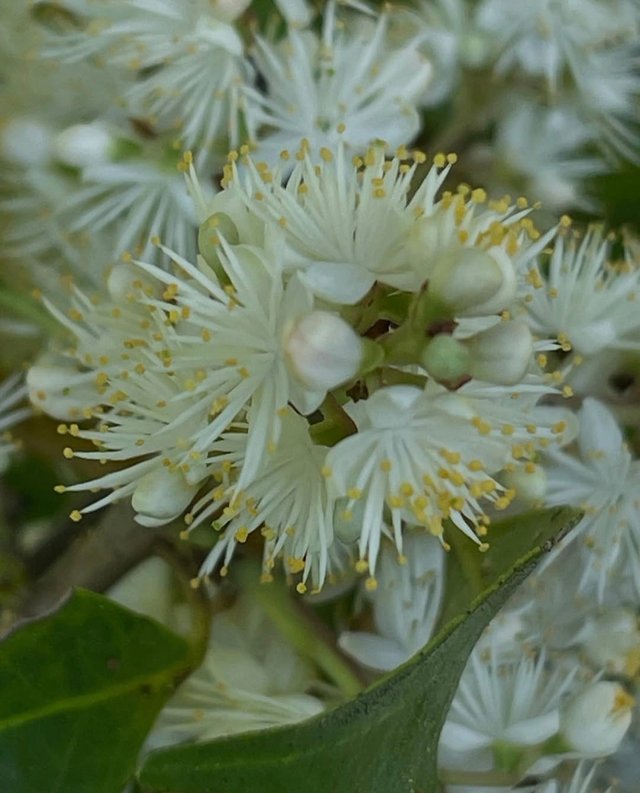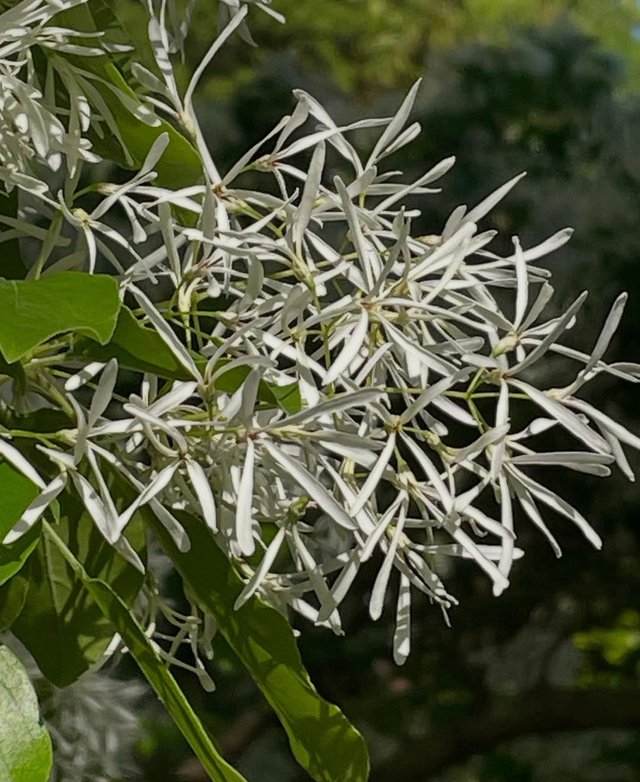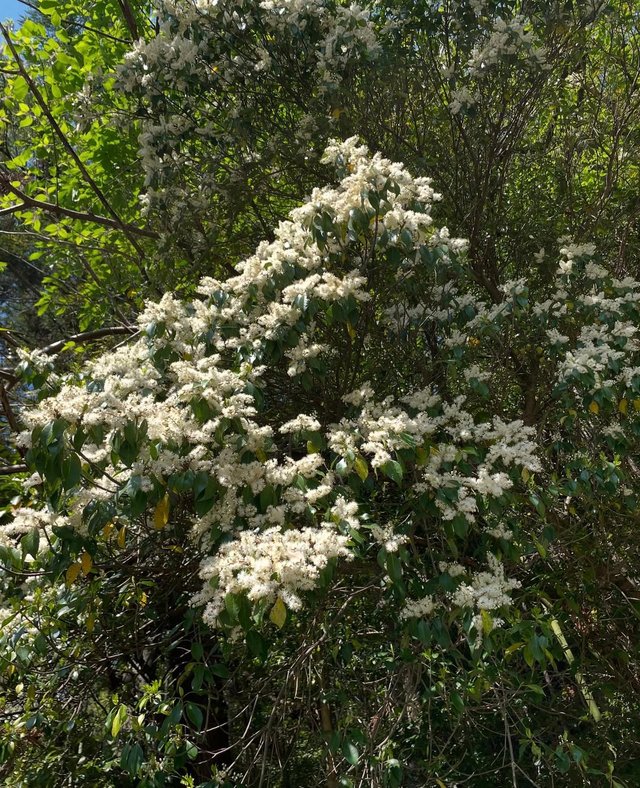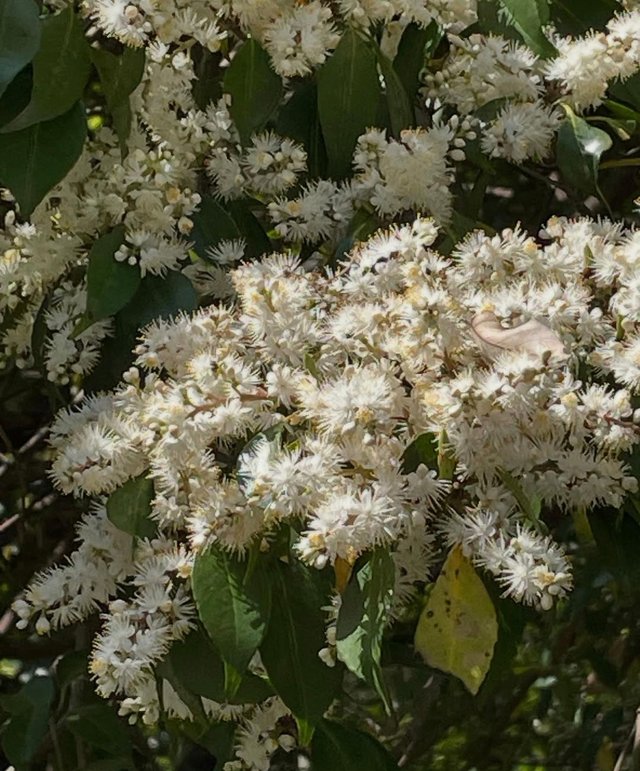



Few flowers in the world have captured the imagination, the heart, and the senses quite like Jasmine. With its heady fragrance, delicate white (and sometimes yellow or pink) blooms, and deep roots in many cultures, Jasmine (genus Jasminum) is a symbol of purity, sensuality, and divine hope.This beloved plant is not just admired for its beauty; it holds historical, cultural, medicinal, and economic importance across the globe.The name "Jasmine" comes from the Persian word "Yasmin", meaning "gift from God," and truly, the flower lives up to this lofty title.Belonging to the Oleaceae family (the olive family), the genus Jasminum includes about 200 species of shrubs and vines. Jasmine is primarily native to tropical and subtropical regions, especially South and Southeast Asia, the Middle East, and parts of Africa.
Depending on the species, the leaves may be evergreen or deciduous, often arranged in opposite pairs. They can be simple, trifoliate, or pinnate in structure.Jasmine flowers are usually small but vividly beautiful. Most are white, though some species bear yellow or pink blooms. They typically have five to nine petals, with a star-like or tubular shape, and often form clusters.The most enchanting feature is the flower’s rich, sweet, intoxicating scent, especially potent at dusk and night — a clever evolutionary adaptation to attract night-pollinating insects like moths.
There are many species, but some of the most notable ones include:Jasminum officinale (Common Jasmine or Poet’s Jasmine): Native to Iran and parts of the Himalayas, it is widely cultivated for its intense fragrance.Jasminum sambac (Arabian Jasmine): Highly fragrant and sacred in India and the Philippines, used in religious offerings, perfumes, and teas.Jasminum grandiflorum (Spanish Jasmine or Royal Jasmine): Known for its large, showy flowers and rich scent.Jasminum polyanthum (Pink Jasmine): Noted for its reddish-pink buds that open into white blooms.asminum auriculatum (Indian Jasmine): Frequently used in making floral garlands in India.Jasmine’s scent is among the most precious in perfumery. Its essential oil, known as jasmine absolute, is incredibly costly — sometimes worth more than gold by weight — because it takes thousands of blossoms to extract even a small amount of oil.